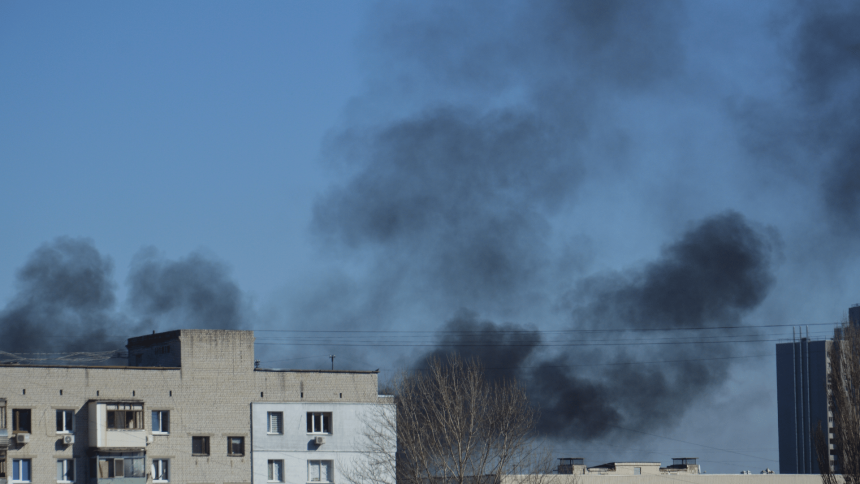Dangerously high black carbon levels have been discovered at six locations throughout Mississippi, a study from two researchers at Ole Miss showed.
According to research published in the fall in the journal Air Quality, Atmosphere, and Health, Courtney Roper and Hang Nguyen found that black carbon levels in Mississippi exceed health recommendations in Hernando, Grenada, Jackson, Hattiesburg, Pascagoula, and Gulfport.
Black carbon, commonly referred to as soot, is a material emitted from gas and diesel engines, coal-fired power plants, and other sources that burn fossil fuels. It poses health risks to populations exposed to it. The dangerous material is a component of PM 2.5 air pollution, meaning that particles are 2.5 microns or smaller. This type of pollution is regulated by the Environmental Protection Agency.
Approximately 4 million deaths worldwide are attributed to long-term exposure to PM 2.5 air pollution, which is also linked to increased risk of cancer, heart attacks, strokes, and lung disease.
On a local level, the American Heart Association reports that Mississippi has the highest death rate from cardiovascular disease in the country, and the Mississippi State Department of Health reports that approximately 6,500 people die in the state each year from cancer.
Jackson, the state’s largest metropolitan area, had the highest concentration of black carbon at 2.04 micrograms per cubic meter. Though soot is visible to the human eye, individual black carbon particles are approximately 30 times smaller than the diameter of a human hair and smaller than a single grain of sand.
“The small size of black carbon allows it to penetrate very deeply into the respiratory system,” Nguyen, a postdoctoral research associate, said. “This can affect human health.”
Most black carbon pollution is created while producing energy for homes and commercial areas through coal, wood, or fossil fuel burning, followed by transportation and industrial emissions. Natural causes of black carbon pollution include wildfires and volcanoes.
Not all of Mississippi’s black carbon originates in the state Roper asserts. Because the lifetime of a black carbon particle is approximately two weeks, wind currents can carry black carbon from other states and even countries into the state.
“Air pollution doesn’t have state boundaries,” Roper, an assistant professor of environmental toxicology, said. “Wildfires in Canada can affect air quality in Mississippi.”
Roper and Nguyen studied air samples the Mississippi Department of Environmental Quality collected between September 2013 and December 2014. The Mississippi Department of Environmental Quality releases its air sampling data years after collection, meaning Roper and Nguyen’s research is based on data that is 10 years old.
Roper is hoping to gather real-time data about black carbon emissions in the state in the future to better understand the risks it poses in Mississippi.
“One of the reasons we want to continue this research is we’re taking a snapshot. Maybe black carbon levels have dropped substantially or increased substantially since then,” Roper said. “But the more data that we can collect on this, the more we can make better estimates of the risk of these things.”








